Assessing Buried Aviation Fuel Tanks for Fitness For Purpose
Ask an expertIn the depths of World War II in 1941, amidst the turmoil and uncertainty, an aviation fuel storage tank dutifully served military and civilian purposes. This tank, designed in the fashion of British wartime storage tanks, held the lifeblood of aircraft, known as Avgas. Concealed beneath a carefully mounded earth and surrounded by lush grass, it evaded the prying eyes of enemy aircraft. Its robustness was fortified with a concrete lining, safeguarding the precious fuel within.
Fast forward to the early 1950s, and the military's grip on the tank loosened as it was retired from active duty. A new chapter unfolded as this underground storage tank found a second lease on life, returning to service for commercial purposes in 1953. Over the years, it held aviation fuel reserves for one of the world's busiest airports, marking its place in history as a silent sentinel supporting the skies.
As we contemplate the fitness-for-purpose of these buried aviation fuel tanks, a remarkable evolution has taken place. Advances in non-destructive testing technologies enable more comprehensive tank integrity assessments. This application note reveals how modern solutions have shaped the way we evaluate the condition and reliability of these vital underground structures.
The Challenge
Assess a semi-buried fuel storage tank’s condition and fitness-for-purpose within a tight timeline and without any former inspection records.

Semi-buried bulk fuel storage tanks
In this particular use case, regular fuel sampling indicated an increase in water content over the years, and the tank owner/operator had concerns about the integrity of the tank’s roof and internal roof lining. No formal inspection records were available for the tank; its condition was unknown. An internal survey of the semi-buried fuel storage tank was required to determine its current condition and deem its fitness-for-purpose. The tank owner was required to take the asset offline, evaluate the inspection results, make any repairs required, and return the tank to service all within a very aggressive timeline.
The Solution
Synergistic non-destructive testing inspection techniques provide actionable data enabling more efficient tank repair operations.
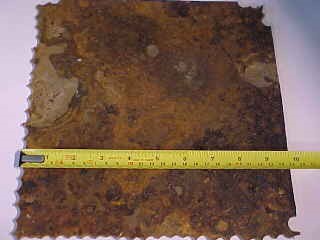
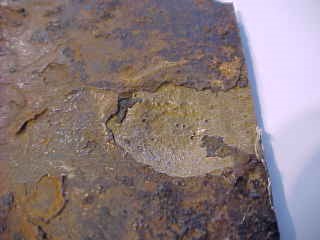
Underside of floor cutouts showing underfloor corrosion
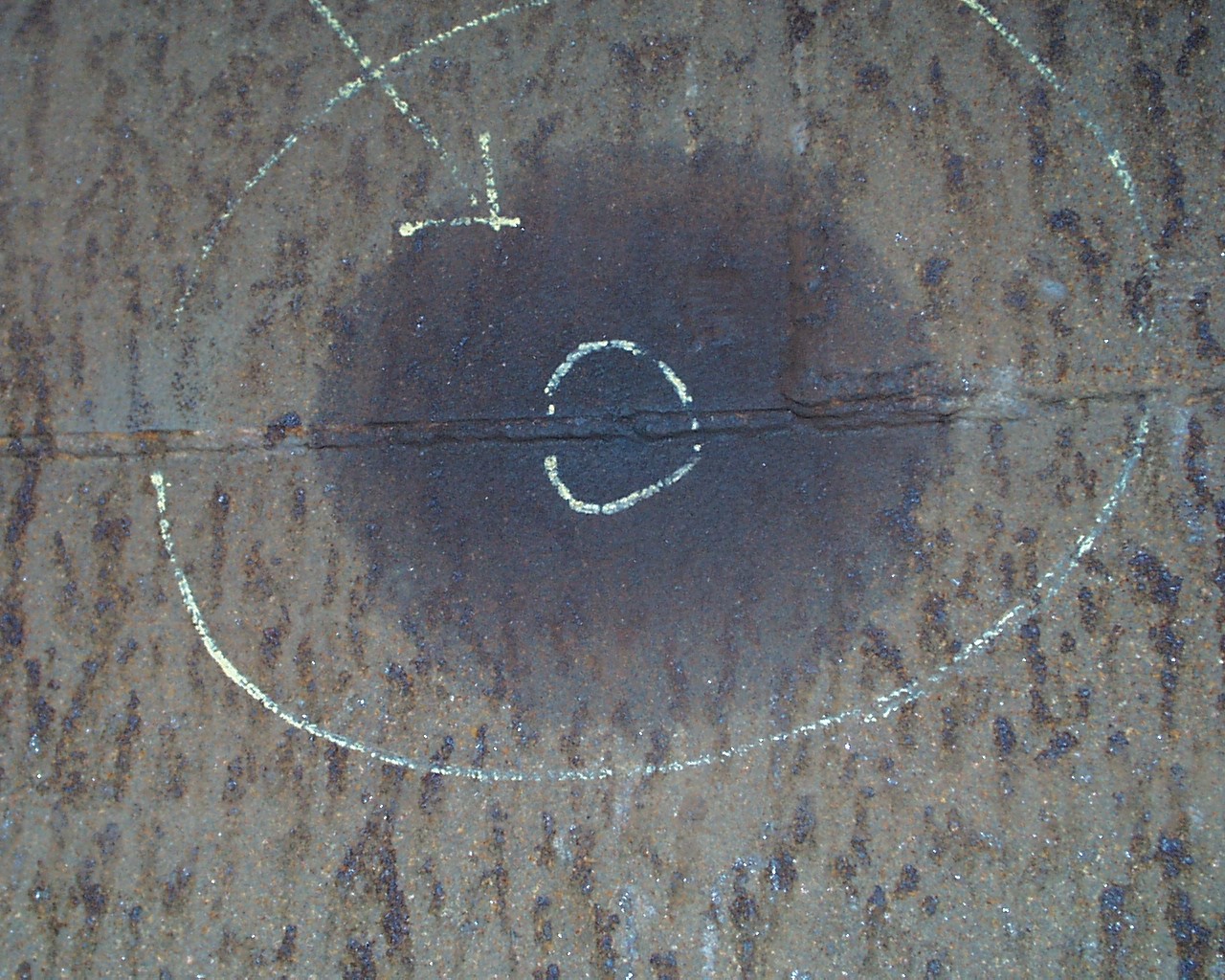
Characteristic circular staining around weld highlights pinhole type leak
With access provided to the cleaned tank, the inspection was performed utilizing advanced non-destructive testing instruments. Visually, the floor plates appeared to be in excellent condition considering the age of the large fuel storage tank. However, a magnetic flux leakage or MFL survey identified multiple areas of the tank floor that had been attacked by underfloor corrosion. The most severe corrosion was recorded at 75 percent loss of the nominal plate thickness. Several coupons were selected to be cut from the floor, and physical measurements verified the accuracy of the data results. Despite the severity of corrosion, non-destructive testing inspection results showed that most of the corroded regions were limited to isolated or localized areas, so the storage tank was deemed repairable.
Ultrasonic testing was employed to survey the tank shell with no significant thinning detected. A leak was noted on a shell plate weld during this inspection. Although the perforation in the weld was extremely small, it was easily identified by a characteristic circular damp area caused by leaked product being drawn back into the tank due to capillary action. This was remedied using a “chemical metal” compound.
Visual inspection of the roof lining did not reveal any suspect areas; however, a continuously damp area on a floor plate led to the detection of a roof leak. The area was excavated and repaired externally.
Inspection results showed that, except for the floor plates, the tank was in relatively good condition considering its age.
The tank owner was able to leverage the reporting software to make several cost calculations based on different repair scenarios by using the corrosion display filters. The software was set to display defects with more than 40, 50, or 60 percent loss. At each display threshold, the owner calculated the time, material, and labour costs required to repair the corroded areas, able to make informed decisions based on repair costs versus expected service life. Due to the semi-buried nature of this storage tank, the asset owner was able to take more cost-effective measures than replacement offered. All corrosion with more than 60 percent loss was repaired, and a five-year internal inspection regime was introduced for all storage tanks onsite.
A comparison of results later showed that the underfloor corrosion had not grown significantly between inspections. The tank owner was able to use software reporting tools for tank comparison and patch plate design to make calculations within a matter of hours rather than a matter of days, as was the case during the initial inspection.
Ask an ExpertBenefits
- Advances in technology ensure complete tank floor coverage, including the critical zone, providing fully auditable records for proactive decision-making.
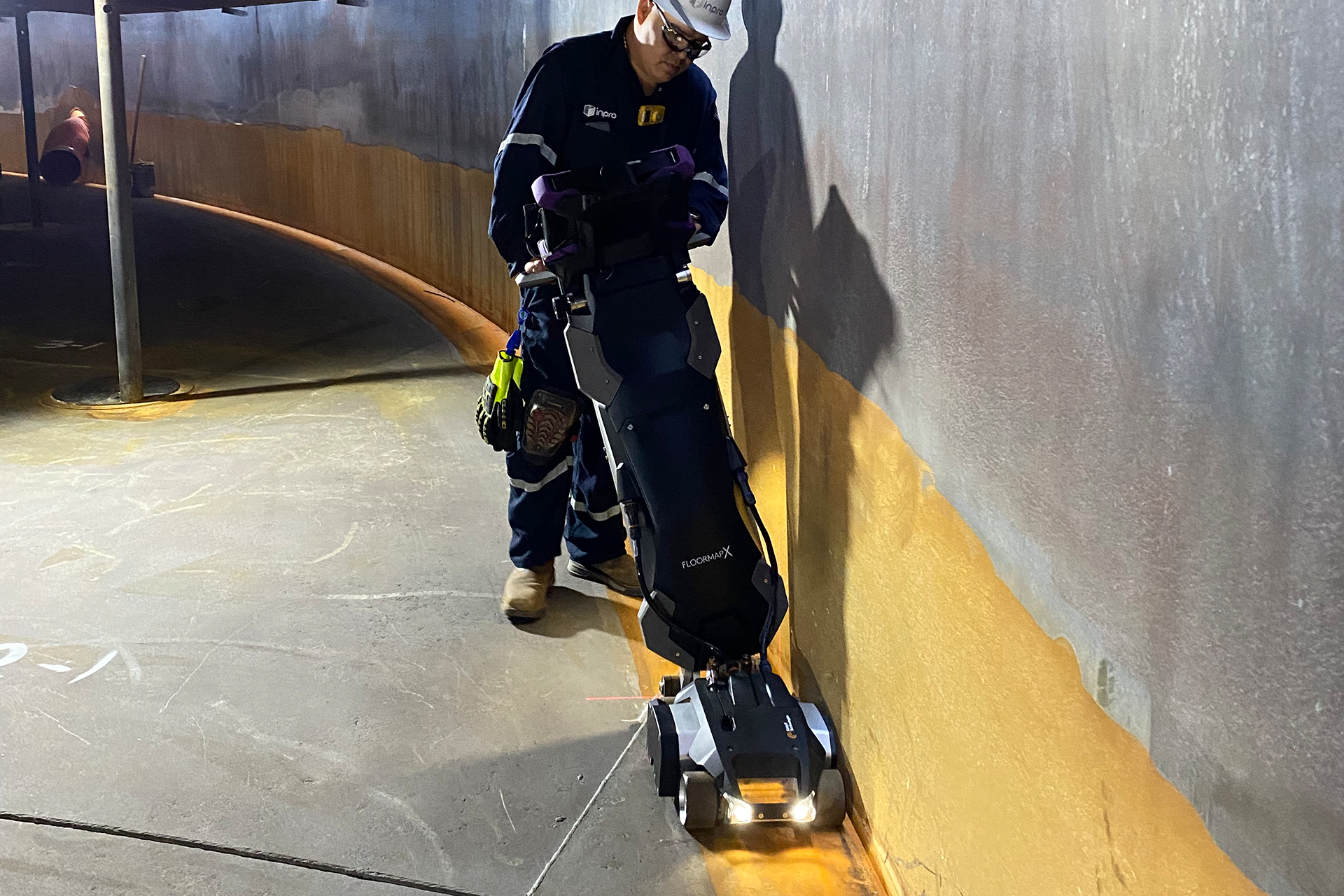
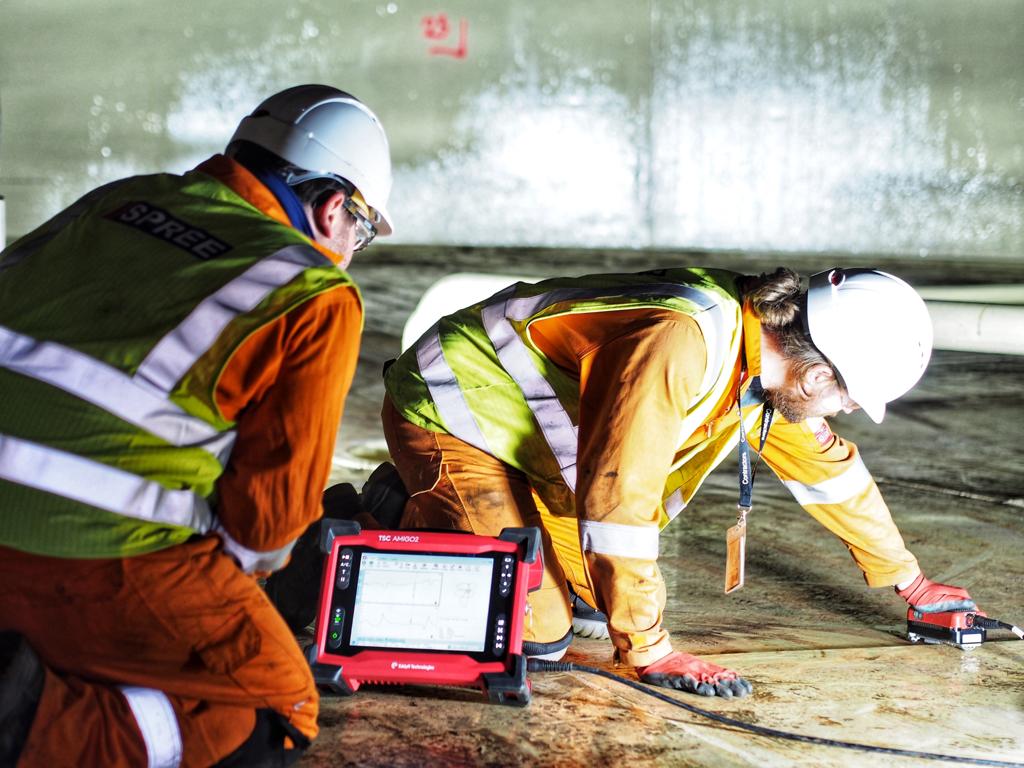
Full Coverage and Mapped Inspection Results with Advances in MFL Technology
Floormap®X by Eddyfi Technologies, combined with the SIMS™ PRO software, is the latest generation magnetic flux leakage technology that revolutionizes tank bottom inspections. This advanced system excels in multiple areas. It allows for precise mapping of dead zones, ensuring no areas are missed during tank inspections. The critical zone inspection feature enables focused examination of specific areas of interest. With its steerable design, this tank floor inspection scanner enables full coverage inspections, providing a comprehensive assessment of large tank floors. The powerful software accurately maps around tank curves, accommodating complex geometries. Moreover, the system introduces the innovative ad scan tool, which facilitates angled scans for thorough inspections. With FloormapX and its array of capabilities, tank bottom inspections are taken to new heights, enabling accurate and comprehensive assessments. Take a closer look at the software delivering actionable data here.
Meaningful Insights with ACFM for Tank Floor Weld Inspections
Advances in synergistic NDT technologies, particularly ACFM® (Alternating Current Field Measurement), have greatly improved tank floor weld inspections. ACFM is a cost-efficient and reliable method for detecting and sizing surface-breaking defects on rough welds, even through nonconductive coatings. It eliminates the need for extensive surface cleaning and coating removal required by magnetic particle testing. ACFM inspections with pencil probes are faster, cheaper, and provide better probability of detection, depth sizing, and auditable records compared to magnetic particle testing. Advanced array probes further enhance inspection speed and performance, particularly for fillet welds. These probes offer increased crack detection and sizing using micro sensors, reducing operator fatigue, and improving reliability. Modern ACFM instrumentation with fast electronics and state-of-the-art software provides clear signals and auditable records. Overall, ACFM has revolutionized tank floor weld inspections, offering cost-efficiency, reliability, and enhanced detection capabilities. Learn more here.








